A bread maker is a cherished desire for many, because nothing is more strongly associated with home comfort than the aroma of freshly baked bread. When choosing this device, difficulties often arise, because the market offers a huge number of options. Maybe it’s worth simplifying the task by highlighting the main criteria, rather than diving into a lot of guides and recommendations? Let's look at what is really important when choosing a bread machine, and what you can not pay so much attention to. At the same time, let's not forget about marketing tricks!
What should you look for last when choosing a bread machine?
Let's consider several aspects that, although not indifferent when choosing, cannot be considered in isolation from the type of device, embedded in its program memory, the maximum baking capacity and, most importantly, the manufacturer, his experience and reputation in the market.
Power
The power of most modern bread machines ranges from 450 to 850 W. Although one can argue for a long time that higher power provides better kneading of stiff dough and speeds up the baking process, the general rule is that the power of the bread machine (usually the maximum power consumption is indicated) is correlated with the maximum weight of the baked goods. And the more weight, the higher the power should be. Some models of long-term market leaders (Panasonic, Kenwood and others) have low power, but this does not prevent them from successfully kneading dough and baking bread. So there is no need to worry: there is enough power, and it has almost no effect on the waiting time, since it only slightly reduces the baking time, while the main programs require time for kneading and resting the dough.
Window in the lid
“Helps you control the baking process,” they promise in advertising, but sometimes this turns out to be a lie: during the baking process, the window may fog up and you will lose visibility. Mainly, the window helps to assess the stage of kneading the dough — for example, whether there is enough flour and whether the bun has formed. Of course, you can open the lid and check, but this may disturb the microclimate, especially if the dough is made with yeast or sourdough. During testing of the Starwind SBMM1224 bread maker, we found that there are models with windows that do not fog up at any stage, but even this does not make this criterion decisive when choosing. In the end, a bread machine is not purchased in order to control every stage of the process, but, on the contrary, to free you from worries about it.
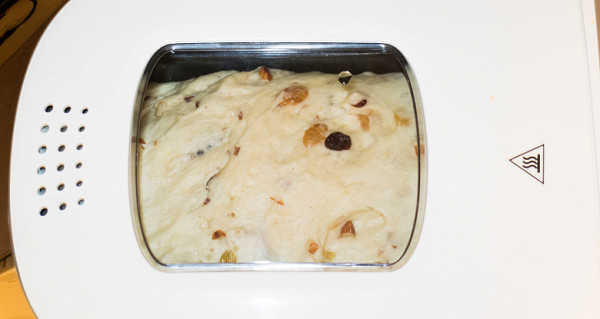
Supplement dispenser
A useful option for automatically adding seeds, bran, herbs and similar ingredients at the right time. However, models without a built-in dispenser usually have an audible alarm to alert you when seasoning needs to be added. Even if you put them in the dough first, this will not cause problems. It's important to note that having a dispenser doesn't make the bread maker significantly better, although it's certainly a handy feature.
Two dough mixers instead of one
Sometimes in large-volume buckets two dough mixers are used, designed for a significant weight of baked goods. However, the experience of leading manufacturers shows that even one dough mixer copes with the task perfectly. The additional dough mixer does not bring any noticeable benefits. However, it is worth paying attention to the design of this part: a cast dough mixer is preferable to a composite one — the latter may require adaptation, and during the process of kneading the dough it may fold and not provide complete mixing.
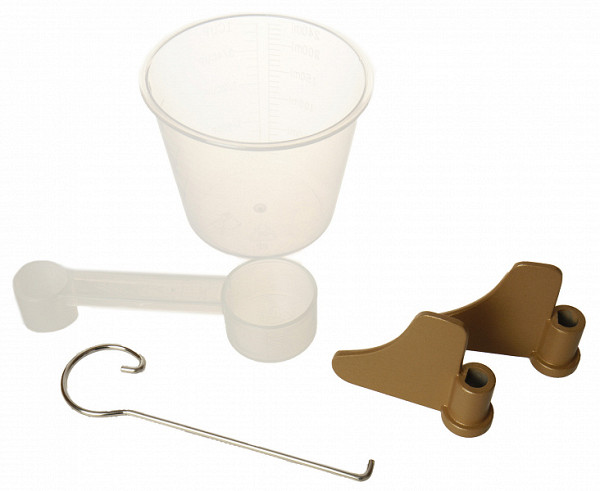
By the way, when using two dough mixers, you will most likely have to remove both from the finished loaf, and this cannot always be done carefully (usually the manufacturer includes a special hook for this operation).
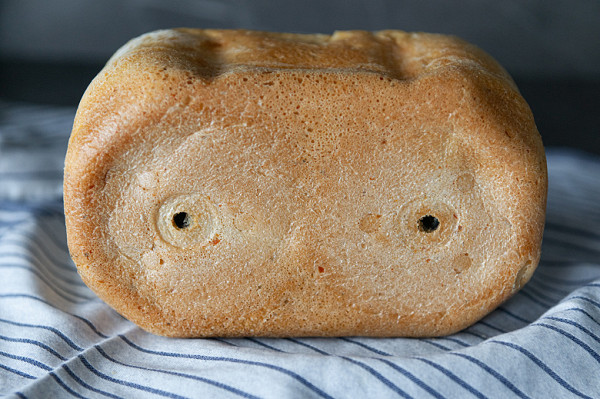
Maximum number of programs
Almost all bread machines have programs for making jam, but some models, as stated in the advertisement, “can replace a multicooker” and prepare soups, main courses, and milk porridges. Given the limited size of a baking bucket designed for slow cooker-style cooking, portions may be small. Why, one might ask, is there such a variety of functions in a bread maker? Apparently, this was done to attract buyers with expanded functionality. However, this functionality is not always useful. It is wiser to pay attention to the presence of special programs, which will be discussed below, and not to get drawn into the comparison of “who has more programs.”
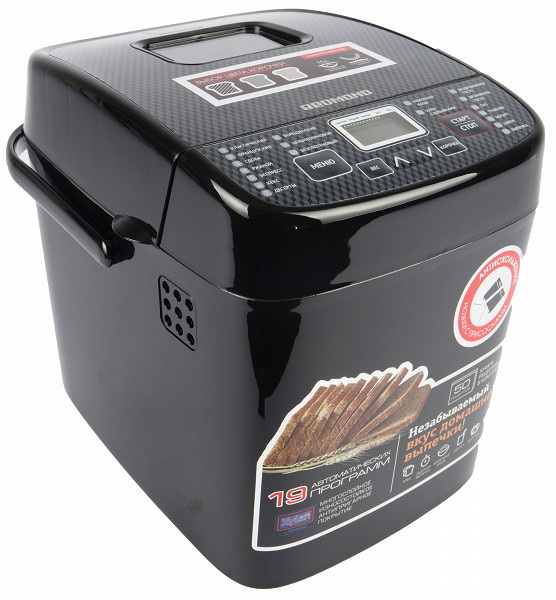

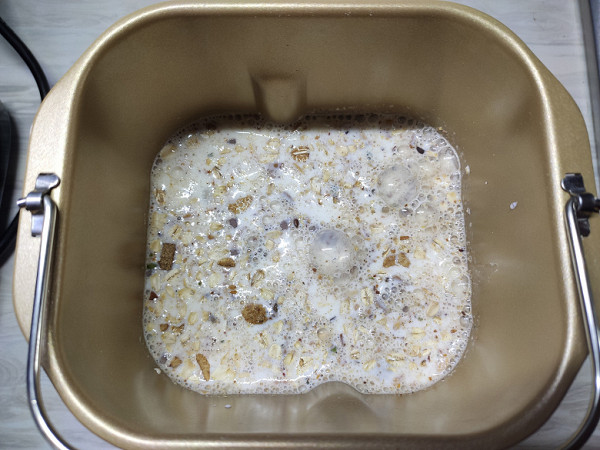
From our experience of testing additional programs, it follows that manufacturers often add them “just to be there”, without spending time checking their actual suitability. This is confirmed by failures such as untested recipes. When testing Redmond RBM-1908, we followed the manufacturer's recipes, and, naturally, the oatmeal did not work out — after all, according to the recipe, it was recommended to take 800 ml of milk and 100 g of cereal, while the classic ratio of liquid to oatmeal is one to three.
Housing material
If you do not take into account aesthetic preferences (stainless steel looks more solid and is not subject to yellowing over time, like some types of plastic), then there is no difference between the materials — neither for the quality of baking, nor for safety. Perhaps the only difference is how easy (or difficult) it is to move the bread maker from place to place. Plastic, of course, can crack if the device is dropped, but such cases are extremely rare. While stainless steel, for example, can become deformed in a similar situation.
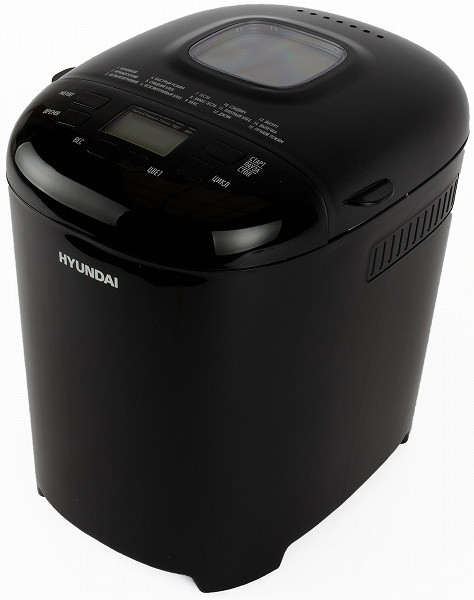
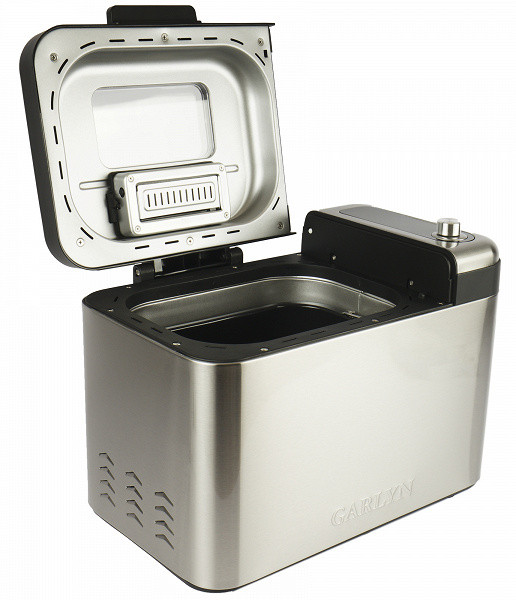
Bowl material
It is often noted that a stainless steel bucket is preferable to an aluminum one. However, you should pay attention first of all to the internal non-stick coating of the bowl, and it is better to study user reviews, since manufacturers usually do not indicate the type of coating. Aluminum itself as a material for a bowl is very effective: it has excellent thermal conductivity, and inertness is ensured by the internal coating. Generally, when used correctly and avoiding metal tools for removing bread, non-stick coating can last for many years.
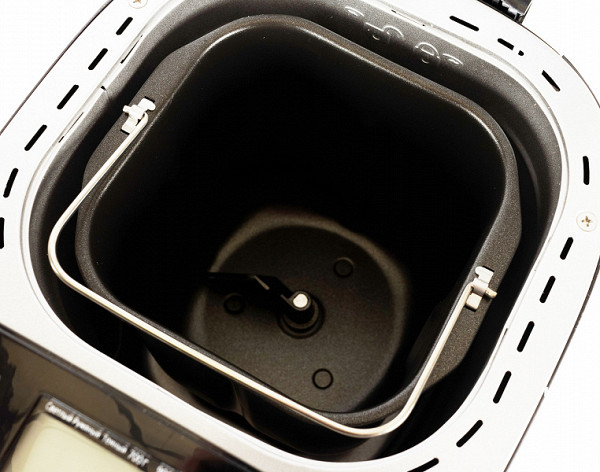
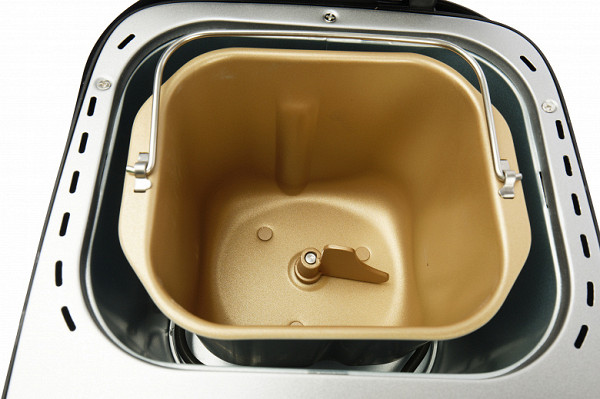
What to look for when choosing a bread machine
Finished loaf weight
In most models, you can choose from two or three capacities, such as 500, 700 and 900 g, 700, 1200 and 1500 g, and so on. There are a few things to consider:
- The number of consumers and their preferences for bread: estimate the weight of store-bought bread that goes away in a day or two, and multiply it by at least one and a half — homemade bread often goes away faster and with greater appetite.
- Ready to use yesterday's bread: you can bake a larger loaf and stretch it over two days.
Availability of the programs you need
It is not uncommon for people to purchase a bread machine with the goal of baking a certain type of bread (for example, from gluten-free flour, rye, whole grain, etc.) or preparing specific types of dough (for example, for dumplings). To work with these types of dough and bake such bread, algorithms embedded in automatic programs have been developed. Using these programs, you can achieve more successful results than with normal white bread. Thus, having a “Gluten-Free Bread” program may be important for families with people suffering from celiac disease (gluten intolerance), “Whole Grain” for those who support a healthy lifestyle, and “Rye” for those who love rye bread. As for the “Yeast-Free Bread” program, the situation is more complicated: it may involve a cake (and then the program will not allow the dough to stand) or sourdough bread. However, for sourdough bread, in fact, no special program is required, since both yeast and sourdough microorganisms perform approximately the same function — they rise the dough and saturate it with carbon dioxide. Thus, having a program for preparing yeast-free sourdough bread is useful, but if it is not there, this is not a barrier; you can bake as usual for white or French (more porous) bread.
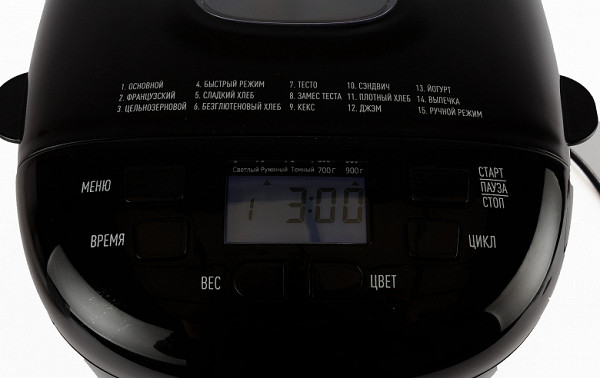
You may need the “Thick Dough”, “Sweet Baking”, “Cake”, “Kulich”, etc. programs if you plan to bake more than just bread. Many modern models allow this.
Availability of separate programs for working with dough without baking
This is important if you would like to use the dough later — for example, freeze it or bake the product in the oven rather than in a bread machine.
Possibility of custom settings and recipe memory function
If you want to use your own or original recipe with a specific algorithm for kneading, standing and baking, then for this the bread maker should be able to individually configure all parameters: changing the time of exposure to the dough and other stages. This is especially useful for those who love culinary experiments. In addition, it would be great if a successful recipe (where the result causes an exclamation of “wow!”) could be stored in the device’s memory. This requires a recipe memorization function, which is essentially the creation of an author's program.

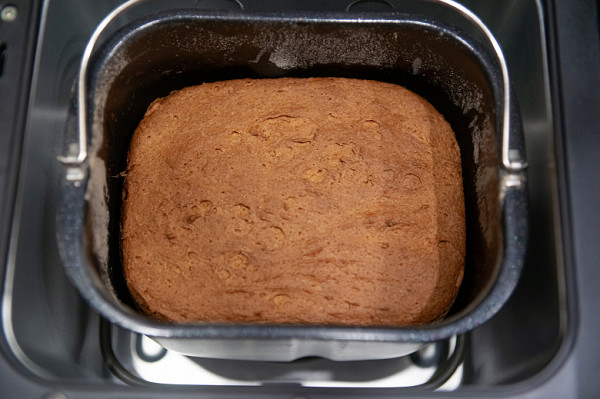
Interface
Usually they pay attention to the type of control — mechanical (which is now rare), electronic with buttons or touch. The choice between the last two options is a matter of taste, but the level of usability of the interface is important. It is practical if the programs are clearly numbered and located on the lid of the bread machine: this eliminates the need to constantly refer to the instructions. It is also convenient if the display shows the current progress of the program and the remaining time until its completion. Ideally, the control panel can be locked to prevent accidental exposure by children.
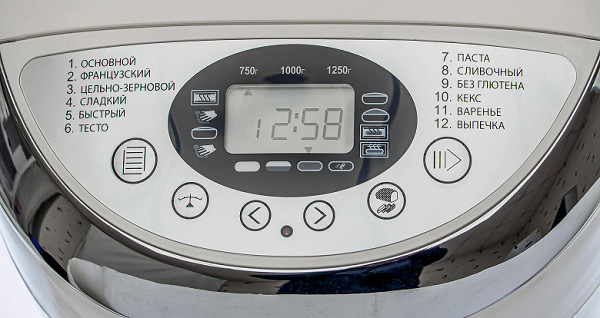
Delayed start timer
A must if you want to enjoy fresh bread for breakfast in the morning. However, in practice this function is rarely used: leaving the heating device uncontrolled overnight is a concern (even if there is protection against overheating, as our tests of various household appliances show, it can fail), and the noise when starting to knead the dough can wake everyone up ahead of time.
Automatic program resumption after power outage
In the event of a power failure, the bread machine must be able to resume the process from the point of interruption. Although most bread makers have this feature, it is recommended to check its availability before purchasing. This is especially important if temporary power outages are common in your area.
Noise level
The noise from the bread machine occurs only at the stage of kneading the dough — approximately during the first 15-20 minutes after starting and periodically when kneading the dough. A high noise level (above 70-72 dB) may indicate insufficient sound insulation of the housing and, to some extent, thermal insulation. Ideally, the noise level from the bread machine is less than 68 dB.
Product shape
Most often, bread machines bake classic brick loaves, but there are several models that have additional molds for baking baguettes and round bread.
Book of recipes
Of course, you can find a variety of recipes online, but it is more preferable if the manufacturer provides not only meager recommendations on the proportions of ingredients for several types of bread in the instructions, but also includes several dozen recipes tested and adapted specifically for this model. This not only saves the user time, stress and product, but is also a sign that the manufacturer has tested their programs. Such a recipe book is not just attention to the buyer, but also confirmation of the manufacturer’s careful study of its programs.

Choosing a bread machine is not as difficult as it seems when you read some collections of advice. The main thing is to choose a model that suits the needs of the family, and also take into account only the really important parameters.
